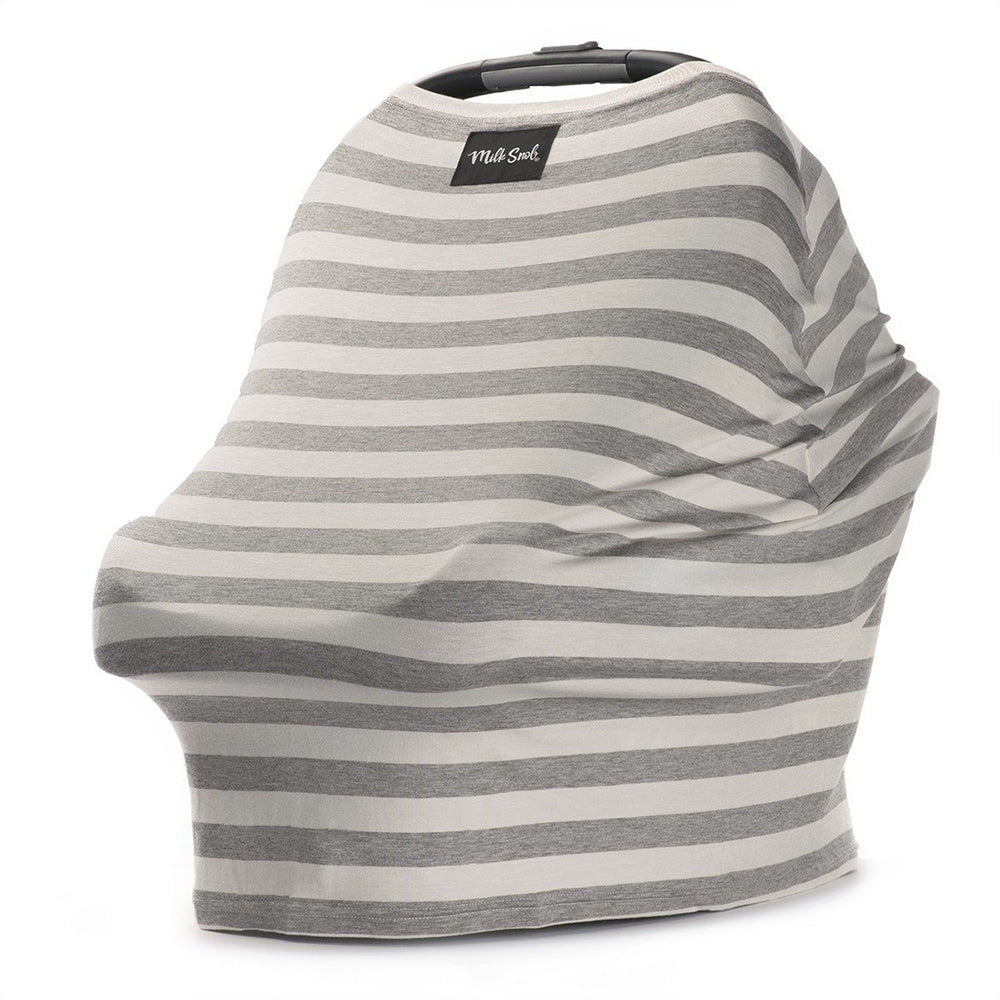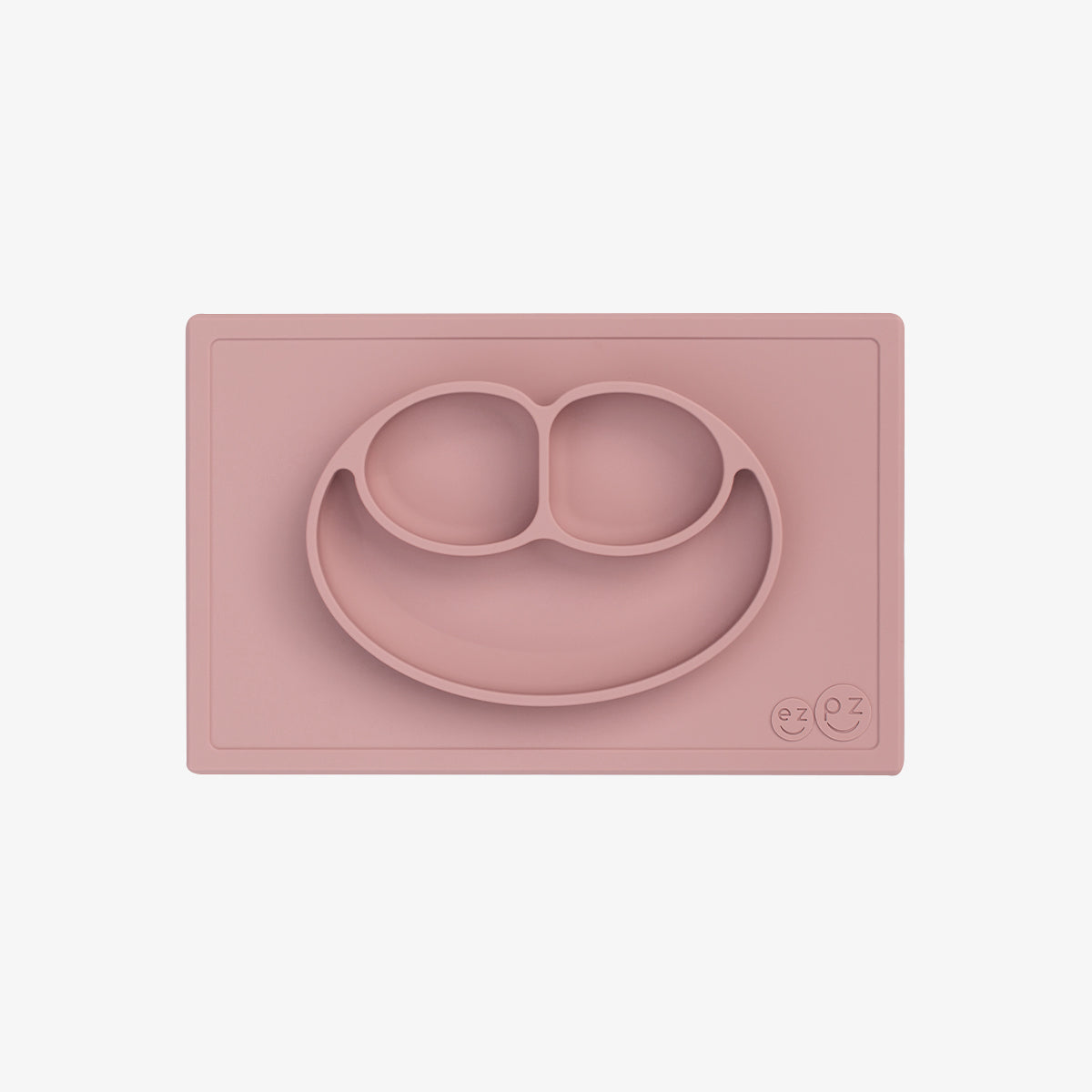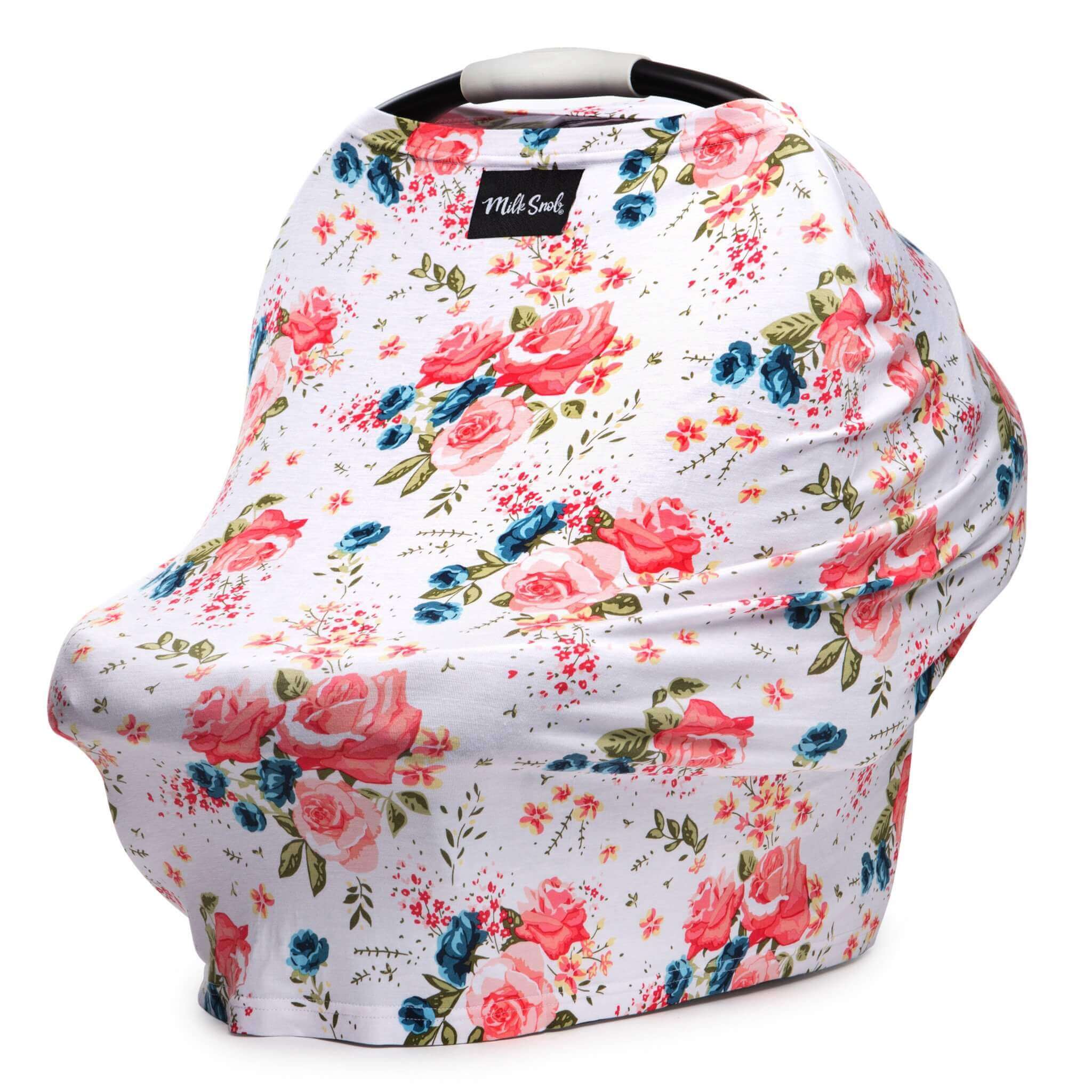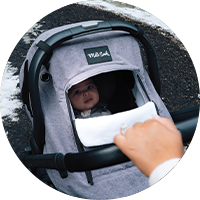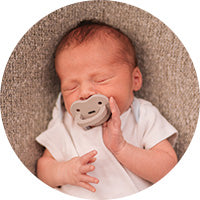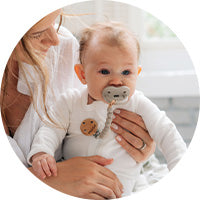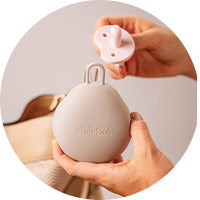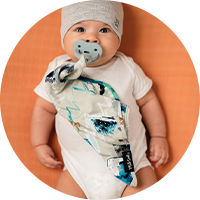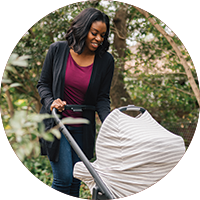Sleep Training Tips to Help Your Baby Sleep Better
The blurry, joyful, tearful first weeks after bringing a newborn home soon resolve into a manageable routine. Sometimes, though, that means less sleep for the new parents. The day will come when the infant learns to sleep through the night so that parents can return to a more normal schedule for themselves. Sleep training tips to help your baby sleep better come in the form of systems, suggestions, and wisdom from prior generations. We’ve collected some of those ideas here to help you get started with sleep training for your baby.
What Is Sleep Training
Sleep training is what parents do to allow infants to learn how to fall asleep on their own without rocking, soothing, cuddling, or feeding. The baby is put down for sleep while still awake and falls asleep on their own without extra attention from their parents.
Probably the toughest part of sleep training for parents is allowing the baby to learn how to go back to sleep on their own after waking in the middle of the night. Babies may still need a feeding at night, but sleep training allows them to go right back to sleep on their own after their feeding.
When to Start Sleep Training
Don’t listen to those couples who brag that their infant slept through the night from the very beginning. Most babies require soothing, feeding, and cuddling in the early months, and they will wake up at least once a night, loudly declaring their needs. While all infants are individuals, most sleep training systems suggest starting around four to six months. Sleep training may not necessarily coincide with ending night feedings. Check with your pediatrician about when your infant is able to sleep through without a feeding.
Sleep Training Starts When You Bring the Baby Home
In the constant scramble of feeding, soothing, changing, burping, and blessed naptime, you may not recognize that you are already establishing routines for your infant. Babies will associate nursing, rocking, and cuddling with “oh, time to wink out!” From the moment you bring the baby home, you can begin to establish habits that will help when it is time for more systematic sleep training. Putting the baby down drowsy but still awake, and emphasizing the difference between night and day can help. Up to six months, you will probably still be attending to your baby, including feedings, a few times a night. Keep the lights dim when you do, and feed the baby in the nursery. Use a Milk Snob nursing cover-up to give the baby a sense of comfort and to keep light dim to maintain the signal that it is nighttime—time to go back to sleep.
As you contemplate starting sleep training, think about the routines you have already established. Sleep training requires parents to establish a new routine for the baby that may phase out some of the cuddling, rocking, and feeding (with the pediatrician’s approval). It takes time and commitment, so do a little research on sleep training methods, discuss with your partner the style you think you can adopt, and stick to until your baby learns to go to sleep and soothe, solo.
It Doesn’t Have to Be “Cry It Out”
The idea of allowing a baby to cry without picking the infant up or soothing in some way seems cruel. Remember that sleep training to help your baby sleep better takes many forms, and it does not have to follow a strict “cry it out” method. Here are some other methods that have come into common use more recently than “cry it out”:
- Fade It Out (FIO) – keep doing what you do at bedtime, like rocking, singing lullabies, and cuddling, but gradually shorten the amount of time you do it. Instead of rocking the baby completely to sleep, rock until the baby is drowsy and then put them down in the crib. It may take quite a while to shorten up the bedtime routine, but eventually, the baby will be able to fall asleep from drowsiness with minimal preparation from you.
- The Chair Method – this is a technique to gradually remove yourself from the baby’s room over several days or a week or two. Put the baby down to sleep, and sit in a chair right next to the crib. The idea is to reassure the baby that you are there—you don’t disappear just because you move farther away. Try not to pick the baby up, but just stay there until the infant falls asleep. Gradually, move the chair farther away from the crib until you are out in the hall. This method can involve more crying, and it can be tough for parents who just can’t stand the idea of leaving the baby to cry.
- Pick-up/Put down – soothe and cuddle until the baby is drowsy, and then put the infant down in the crib. If the baby cries or fusses, wait a few minutes to see if the infant soothes back to sleep on their own. If not, pick the baby up again, and comfort them until they’re drowsy again. Then put the infant back down in the crib. This takes a lot of patience—some babies react by becoming more frustrated and fussier.
- Graduated Extinction – Also known as the Ferber method, or “check and console,” this is a version of cry it out where you do come and check on the baby when you hear crying. Set a specific amount of time that you will wait before coming to check on the baby, and then gradually increase the amount of time you wait to give the infant a chance to teach themselves to soothe.
More Tips for Helping Your Baby Sleep Better
Sleep training may be more successful if you gradually establish a new bedtime routine, easing out the feedings and substituting reading and lullabies. A bedtime bath, a change, and fresh jammies will become new signals to your baby that it is time for sleep. Put the baby to bed sleepy, but still awake, to emphasize that they can fall asleep on their own. Try not to jump at every little whimper, and give them a chance to self-soothe. Never hesitate to call your pediatrician if it just isn’t working or if your baby becomes extremely distraught or inconsolable. Remind yourself that this will pass, and as your baby grows, a full night’s sleep will come eventually.



